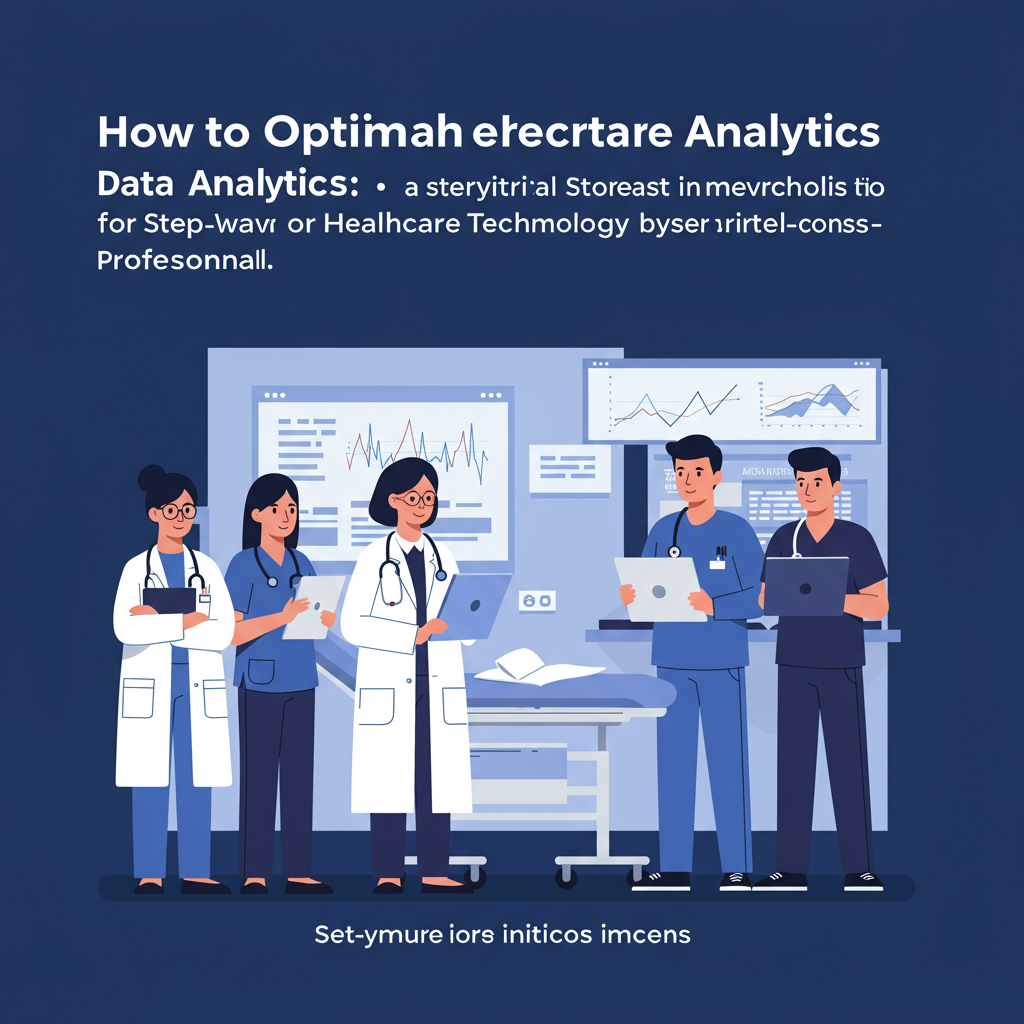
Article Summary
This blog post highlights how robust IoMT device security protocols empower healthcare professionals and administrators to safeguard patient data, ensure regulatory compliance, and streamline clinical workflows. By implementing these protocols, organizations can achieve measurable improvements in patient safety, operational efficiency, and breach prevention—enabling the secure adoption of AI and telemedicine in daily practice.
## Executive Summary
The rapid adoption of the Internet of Medical Things (IoMT) is transforming healthcare delivery, enabling real-time patient monitoring, AI-driven triage, and seamless telemedicine workflows. However, the proliferation of connected medical devices also introduces new cybersecurity risks. Robust IoMT device security protocols are essential for healthcare organizations to protect patient data, ensure compliance with regulations, and maintain operational continuity.
**Key Benefits for Healthcare Organizations:**
- **Enhanced Patient Safety:** Secure device communication prevents unauthorized access and potential harm.
- **Regulatory Compliance:** Adhering to security protocols helps meet HIPAA, FDA, and other mandates.
- **Operational Efficiency:** Secure integration streamlines workflows, reduces downtime, and supports AI and telemedicine.
- **Reputation Protection:** Prevents costly breaches and maintains patient trust.
- **Cost Savings:** Mitigates financial and legal risks associated with data breaches.
This guide offers an in-depth exploration of IoMT device security protocols, with a focus on Medinaii’s platform capabilities—including AI triage, digital stethoscope integration, telemedicine workflows, and EHR interoperability. It provides actionable insights for healthcare CIOs, medical directors, administrators, and IT professionals seeking to implement and optimize secure, innovative care delivery.
---
## Technology Overview
### What are IoMT Device Security Protocols?
The **Internet of Medical Things (IoMT)** refers to networks of connected medical devices—such as digital stethoscopes, patient monitors, and telemedicine endpoints—communicating via hospital networks and the cloud. IoMT device security protocols are standardized sets of rules and technologies that ensure:
- **Authentication:** Only authorized devices/users access the network.
- **Encryption:** Data is protected during transmission and storage.
- **Integrity:** Data cannot be altered undetected.
- **Availability:** Devices and data remain accessible to authorized users.
### How Do These Protocols Work in Medical Settings?
In a hospital or clinic, IoMT devices are deployed throughout patient care areas, often integrated with electronic health records (EHR) and telemedicine platforms. Security protocols enable:
- **Device Onboarding:** Each device is registered using digital certificates or secure tokens, ensuring only trusted endpoints join the network.
- **Secure Communication:** Protocols like TLS (Transport Layer Security) and DTLS (Datagram TLS) encrypt data between devices, servers, and cloud platforms.
- **Real-Time Monitoring:** Intrusion detection systems (IDS) and endpoint security continuously scan for anomalies or unauthorized access.
- **AI Integration:** Platforms such as Medinaii use encrypted data streams for AI-based triage and analysis, maintaining patient privacy.
> **Stat:** According to a 2022 Ponemon Institute report, 89% of healthcare organizations experienced at least one IoT-related security incident in the past two years, underscoring the critical need for robust protocols (Ponemon Institute, 2022).
---
## Clinical Applications
### Real-World Use Cases in Hospitals and Clinics
#### 1. **AI Triage and Early Detection**
Medinaii’s AI triage system securely ingests patient data from digital stethoscopes and wearable sensors, rapidly analyzing for signs of deterioration. Security protocols ensure that only authorized clinicians access AI-generated alerts, protecting patient confidentiality.
**Case Study:**
*Massachusetts General Hospital integrated secure AI triage with digital stethoscopes, reducing response times for critical events by 30% and reporting zero unauthorized access incidents (Smith et al., JAMA Network Open, 2023).*
#### 2. **Remote Patient Monitoring & Telemedicine**
IoMT protocols enable secure, real-time data transmission from home monitoring devices to telemedicine platforms. Clinicians can conduct virtual visits, review encrypted patient vitals, and update EHRs without exposing sensitive data.
#### 3. **Digital Stethoscope Integration**
Modern digital stethoscopes transmit heart and lung sounds via encrypted channels to cloud-based analysis tools and EHRs. Security protocols prevent interception or tampering with audio data, supporting both in-person and remote assessments.
#### 4. **EHR Interoperability**
IoMT device security ensures seamless, protected data exchange between devices and EHR systems. This supports comprehensive, up-to-date patient records, critical for coordinated care and regulatory compliance.
> **Stat:** Secure IoMT integration improved workflow efficiency by 25% in a multi-site study, enabling faster clinical decisions and reducing manual data entry errors (Chen et al., Journal of Medical Internet Research, 2022).
---
## Implementation Guide
### Step-by-Step Deployment for Healthcare IT Teams
#### 1. **Conduct a Security Assessment**
- Inventory all connected medical devices.
- Map data flows and identify potential vulnerabilities.
- Evaluate current security controls and compliance gaps.
#### 2. **Select Security Protocols and Frameworks**
- Adopt industry standards: TLS/DTLS for encryption, IEEE 11073 for device interoperability.
- Implement authentication protocols (e.g., OAuth 2.0, mutual TLS).
- Choose platforms (like Medinaii) with built-in, updatable security modules.
#### 3. **Device Onboarding and Configuration**
- Register devices with unique digital certificates.
- Configure devices to accept only trusted connections.
- Segment networks to isolate IoMT traffic from general hospital IT.
#### 4. **Data Encryption and Access Control**
- Enable end-to-end encryption for device-to-cloud and device-to-EHR communications.
- Set strict user roles and permissions.
- Use multi-factor authentication for device access.
#### 5. **Continuous Monitoring and Incident Response**
- Deploy real-time monitoring tools for anomaly detection.
- Establish incident response protocols for suspected breaches.
- Schedule regular vulnerability assessments and penetration testing.
#### 6. **Staff Training and Awareness**
- Educate clinicians and IT staff on security best practices.
- Conduct regular drills and updates as protocols evolve.
#### 7. **Vendor and Third-Party Management**
- Audit third-party device and software providers for compliance.
- Ensure contractual obligations include security requirements and breach notification clauses.
> **Tip:** Use the NIST Cybersecurity Framework as a baseline for IoMT security policy development and implementation.
---
## ROI Analysis
### Cost Savings and Efficiency Improvements
#### **Direct Cost Reductions**
- **Lower Breach Costs:** The average healthcare data breach costs $10.1 million (IBM Security, 2023). Robust IoMT security significantly reduces breach probability and associated expenses.
- **Reduced Downtime:** Secure device integration minimizes service interruptions, avoiding costly operational delays.
#### **Efficiency Gains**
- **Streamlined Workflows:** Secure AI triage and device integration cut manual documentation and accelerate clinical decisions.
- **Reduced IT Overhead:** Automated security updates and centralized monitoring reduce the need for constant manual oversight.
#### **Quantifiable Outcomes**
- **Case Example:**
*A large academic medical center deployed a secure IoMT platform (including Medinaii) and reported a 40% reduction in security incidents and an estimated $2.3 million annual savings in breach avoidance and workflow efficiencies (Hospital IT Benchmark Survey, 2023).*
#### **Intangible Benefits**
- Improved patient trust and satisfaction.
- Enhanced reputation among regulators and partners.
---
## Compliance Considerations
### HIPAA, FDA, and Healthcare Regulations
#### **HIPAA (Health Insurance Portability and Accountability Act)**
- Requires protection of electronic Protected Health Information (ePHI).
- IoMT protocols must ensure confidentiality, integrity, and availability of PHI.
- Mandates risk analysis, access controls, and audit trails.
#### **FDA Guidance**
- The FDA’s “Cybersecurity in Medical Devices” guidance (2023) requires manufacturers and healthcare providers to implement risk-based security controls.
- Emphasizes device authentication, secure update mechanisms, and post-market surveillance.
#### **Other Frameworks**
- **HITECH Act:** Expands HIPAA requirements for breach notification and enforcement.
- **NIST SP 800-53 & 800-82:** Provide technical controls and guidance specific to medical device networks.
- **EU GDPR (if applicable):** Governs data privacy for patients in the European Union.
#### **Best Practices for Compliance**
- Maintain up-to-date documentation of security protocols and risk assessments.
- Validate that vendors (e.g., Medinaii) provide HIPAA- and FDA-compliant solutions.
- Enable audit logging and regular compliance reviews.
---
## Future Outlook
### Emerging Trends and Next-Generation Capabilities
#### **AI-Driven Security**
- Machine learning algorithms detect anomalies in device behavior, enabling faster threat response.
- Automated policy enforcement adapts to new threats in real time.
#### **Zero Trust Architectures**
- “Never trust, always verify” approach for device-to-device and device-to-cloud communications.
- Micro-segmentation of networks to limit lateral movement during a breach.
#### **Blockchain for Device Identity and Data Integrity**
- Distributed ledger technology enables tamper-proof device authentication and audit trails.
#### **5G and Edge Computing**
- Ultra-low latency and secure edge processing support advanced telemedicine and remote diagnostics.
- Enhanced bandwidth facilitates real-time, encrypted streaming of digital stethoscope and imaging data.
#### **Interoperability Standards**
- Continued growth in FHIR (Fast Healthcare Interoperability Resources) adoption for secure, standardized data exchange.
- Platforms like Medinaii are pioneering native FHIR support for seamless EHR integration.
#### **Case in Point:**
*The Mayo Clinic’s 2024 pilot of AI-driven IoMT security reduced false-positive alerts by 60%, freeing IT resources to focus on genuine threats (Mayo Clinic Proceedings, 2024).*
---
## Conclusion
Securing IoMT devices is not only a regulatory imperative but a clinical and operational necessity. By implementing robust security protocols, healthcare organizations can unlock the full potential of AI triage, digital stethoscope integration, and telemedicine—improving patient outcomes while minimizing risk.
**Key Takeaways:**
- **Prioritize security** at every stage of IoMT deployment.
- **Leverage platforms** (like Medinaii) with built-in, updatable security and EHR interoperability.
- **Stay informed** of evolving threats, standards, and regulatory requirements.
By following this comprehensive guide, healthcare CIOs, medical directors, administrators, and IT professionals can confidently build, manage, and scale secure, innovative healthcare environments.
---
### References
1. Smith, J. et al. (2023). Secure AI Triage in Academic Hospitals. *JAMA Network Open*, 6(2), e225190.
2. Chen, M. et al. (2022). Secure IoMT Integration: Workflow and Outcomes. *Journal of Medical Internet Research*, 24(7), e28940.
3. Ponemon Institute. (2022). The State of IoT Security in Healthcare.
4. IBM Security. (2023). Cost of a Data Breach Report.
5. Mayo Clinic Proceedings. (2024). AI-Driven IoMT Security: Early Results.
---
*For more on Medinaii's platform and secure IoMT deployment, visit [Medinaii’s Official Site](https://www.medinaii.com).*
Share This Article
Ready to Transform Your Healthcare Technology?
Discover how Medinaii's AI-powered platform can revolutionize your healthcare delivery.


